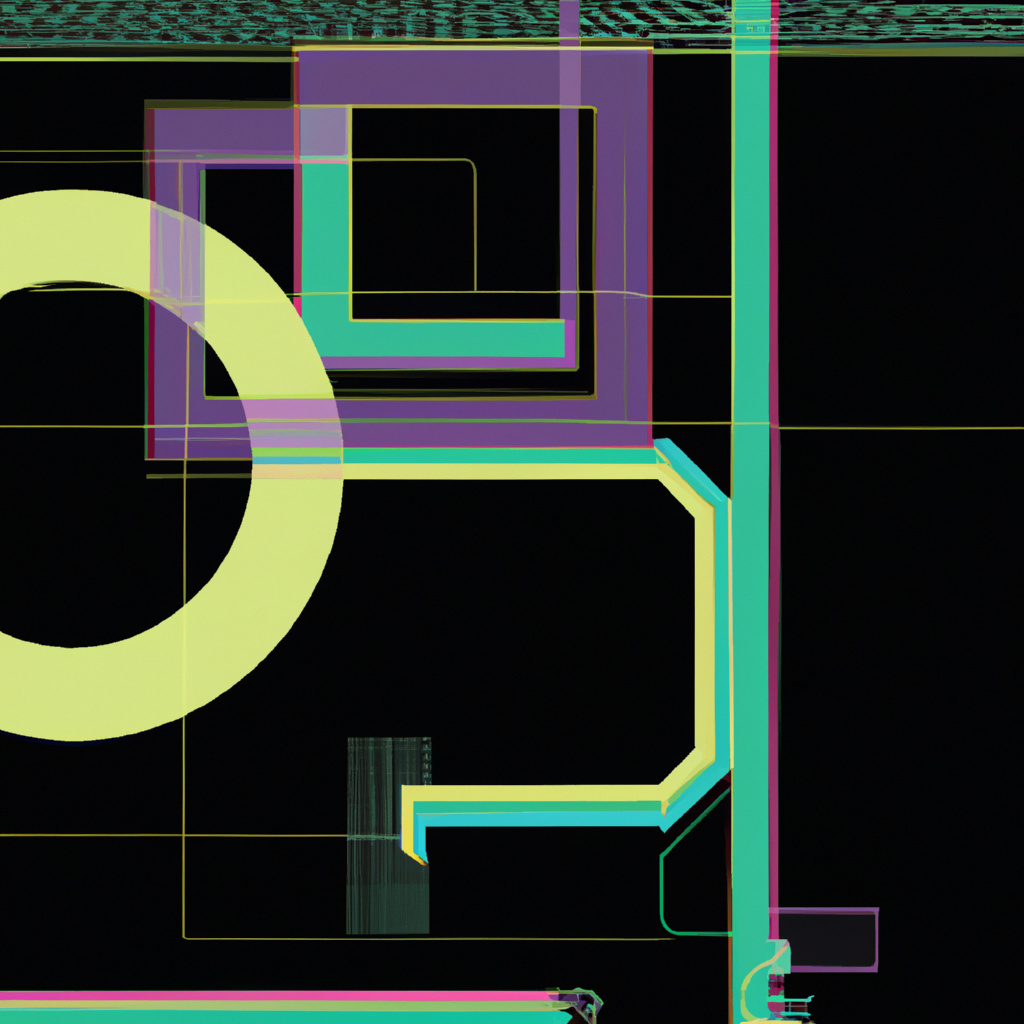Labs
Design Ops
Design Ops is a crucial design discipline that improves efficiency, collaboration, and standardization, delivering benefits to organizations in all sectors.

Design Ops: Optimizing the Creative Process for Efficient and Effective Design
Discover how Design Ops can streamline the design workflow, enhance collaboration, and deliver consistent, high-quality designs in this comprehensive guide.
Where did Design Ops come from?
Design Ops is a relatively new concept in the field of design that focuses on the operational aspects of design and its integration within organizations. It emerged as a response to increasing complexity and scale of design projects, allowing designers to work more efficiently and effectively. Design Ops borrows heavily from DevOps methodologies, bringing principles such as collaboration, automation, and process optimization to the world of design. This approach has gained popularity in recent years as companies strive to streamline their design processes and deliver better customer experiences.
What are the key concepts?
Some of the key concepts involved in Design Ops include:
- Design Ops is a set of practices, processes, and tools that aim to streamline design operations and improve collaboration within design teams.
- It focuses on creating efficient workflows, standardizing design systems, and providing support for the day-to-day activities of designers.
- Design Ops commonly involves establishing clear roles and responsibilities, implementing effective communication channels, and fostering a culture of iteration and continuous improvement.
- By adopting Design Ops principles, organizations can increase the speed and quality of their design outputs while ensuring consistency across projects.
- Key benefits include enhanced productivity, reduced rework, better alignment between design and development teams, as well as improved client satisfaction.
What's the process?
Design Ops is responsible for streamlining the design process within an organization to maximize efficiency and collaboration. This typically involves a series of activities, including establishing design systems, creating and maintaining design libraries, coordinating cross-functional teams, managing workflows, conducting user research and testing, implementing feedback loops, and ensuring consistent brand standards. By optimizing these processes, Design Ops aims to enhance the overall productivity of designers while delivering high-quality designs that align with business goals. This enables organizations to scale their design operations effectively and deliver exceptional user experiences consistently.
What outcomes can you expect?
Some of the outcomes you can expect from working with Design Ops are:
- Improved efficiency and effectiveness in design processes: Design Ops helps streamline workflows, eliminate bottlenecks, and enhance collaboration, resulting in faster and more impactful design outcomes.
- Increased consistency and quality across designs: By implementing standardized practices and tools, Design Ops ensures that all design work adheres to brand guidelines, creating a cohesive user experience.
- Enhanced cross-functional alignment: Design Ops facilitates communication between designers, developers, product managers, and other stakeholders to ensure everyone is on the same page throughout the project lifecycle.
- Scalability of design operations: As organizations grow or take on more complex projects, Design Ops enables teams to scale their operations seamlessly without sacrificing quality or speed.
- Empowered designers: With the support of Design Ops professionals who handle non-design tasks such as resource management and tooling setup, designers can focus more on creative aspects of their work.
Are there any debates or criticisms to be aware of?
- Limited understanding and recognition of Design Ops within organizations can lead to resistance or skepticism towards its implementation.
- Some professionals argue that Design Ops may hinder creativity and innovation by imposing standardized processes and workflows.
- Design Ops teams are often understaffed, leading to a heavy workload for team members and potential burnout.
- There is ongoing debate on the ideal balance between centralized design operations and decentralized design decision-making within an organization.
- Implementing Design Ops may require significant investment in tools, technology, training, and talent acquisition.
Conclusion
Design Ops is an essential function within organizations that focuses on streamlining design processes and enhancing collaboration. By implementing efficient workflows, standardizing design systems, and providing support for designers' day-to-day activities, Design Ops can lead to improved productivity, quality, alignment between teams, and client satisfaction. While there may be challenges in implementing Design Ops, its benefits make it a critical component of successful design organizations.
TLDR;
- Design Ops streamlines design workflows to improve collaboration and productivity.
- It helps establish efficient processes, standards, and tools for designers.
- Benefits include increased design quality, faster delivery of projects, and better communication between teams.
- Common challenges include resistance to change, lack of cross-functional understanding, and resource constraints.
- Adoption of Design Ops can lead to more consistent user experiences and greater ROI.
